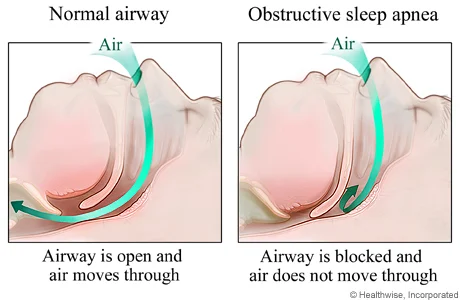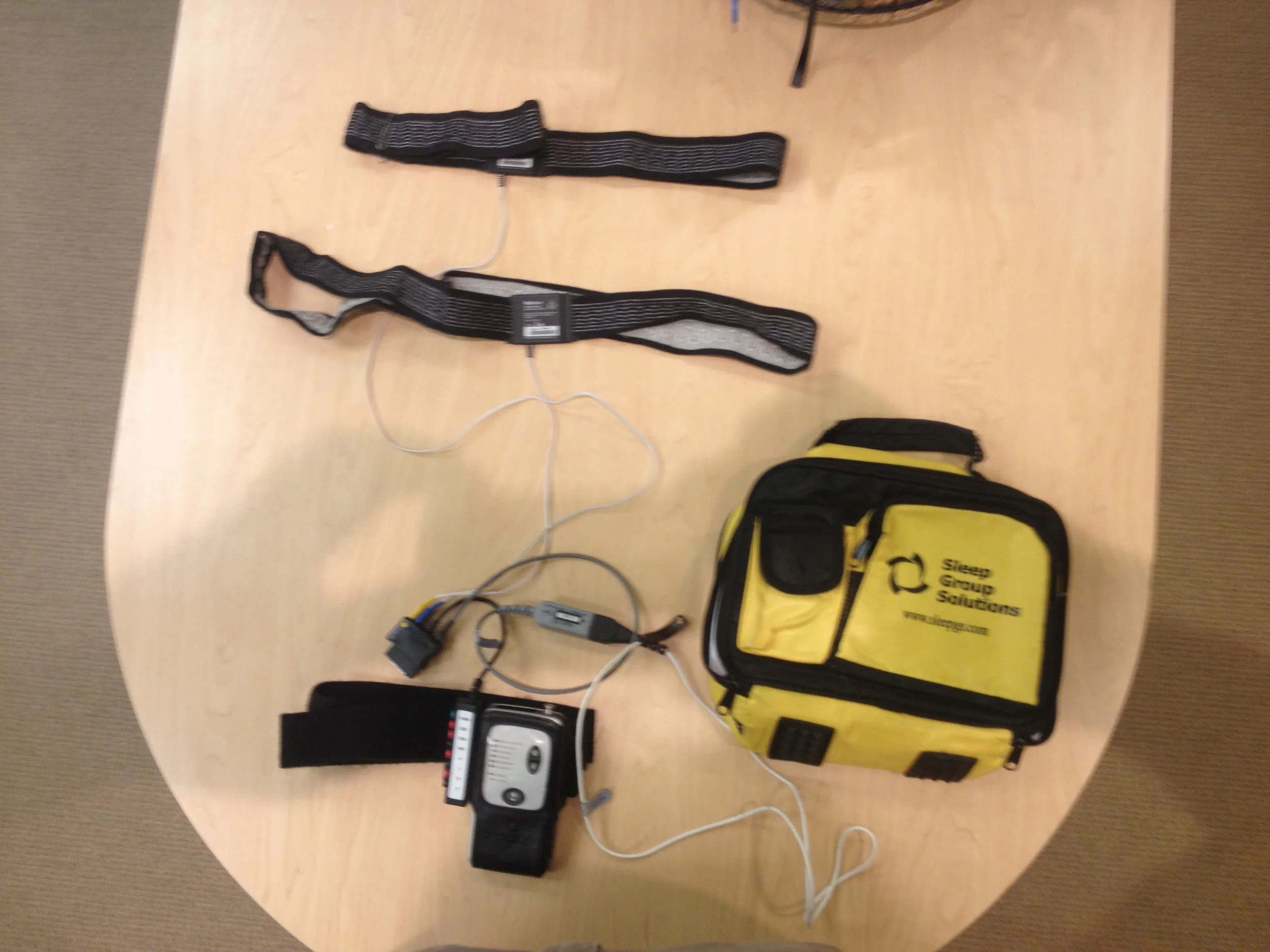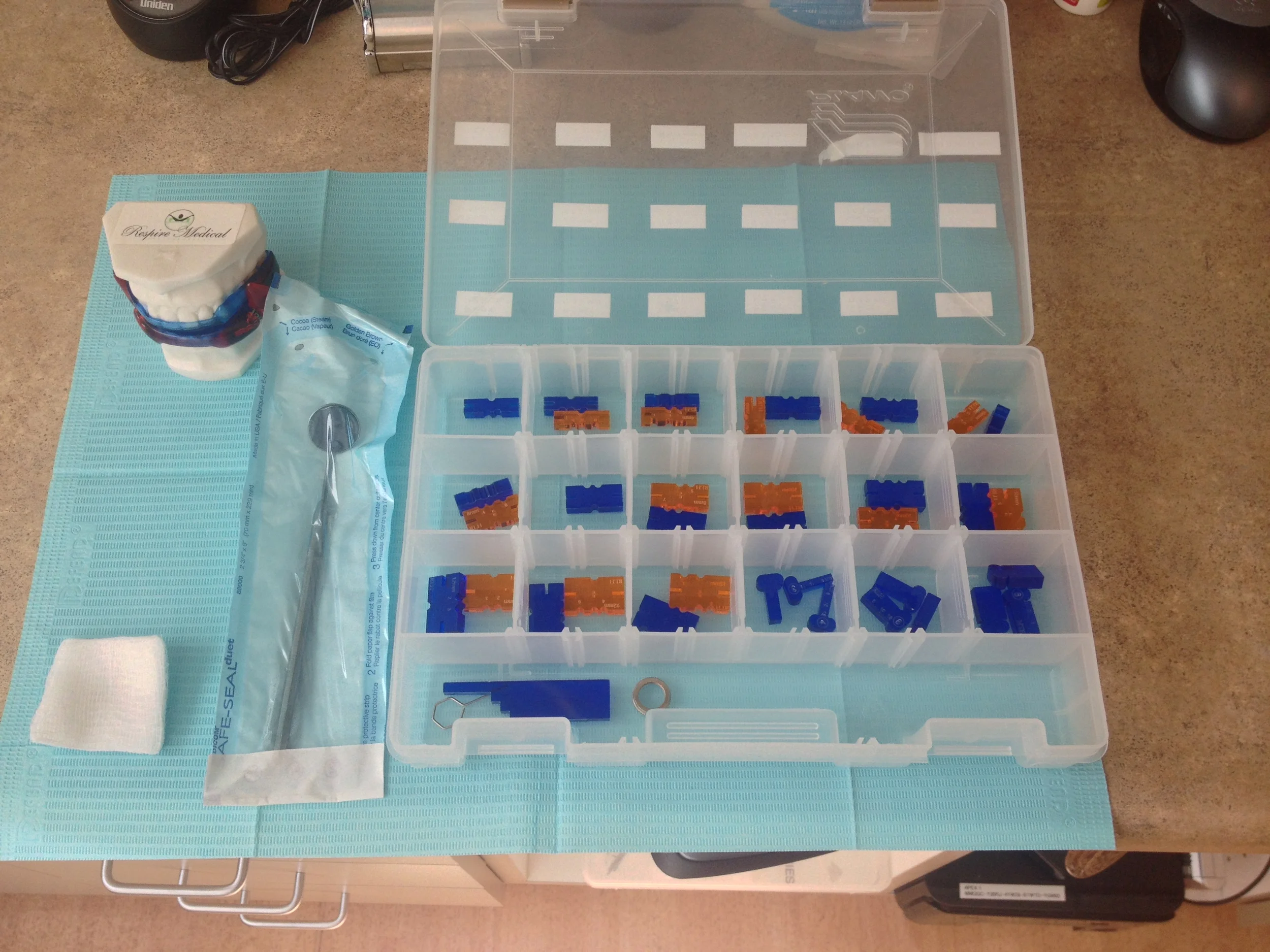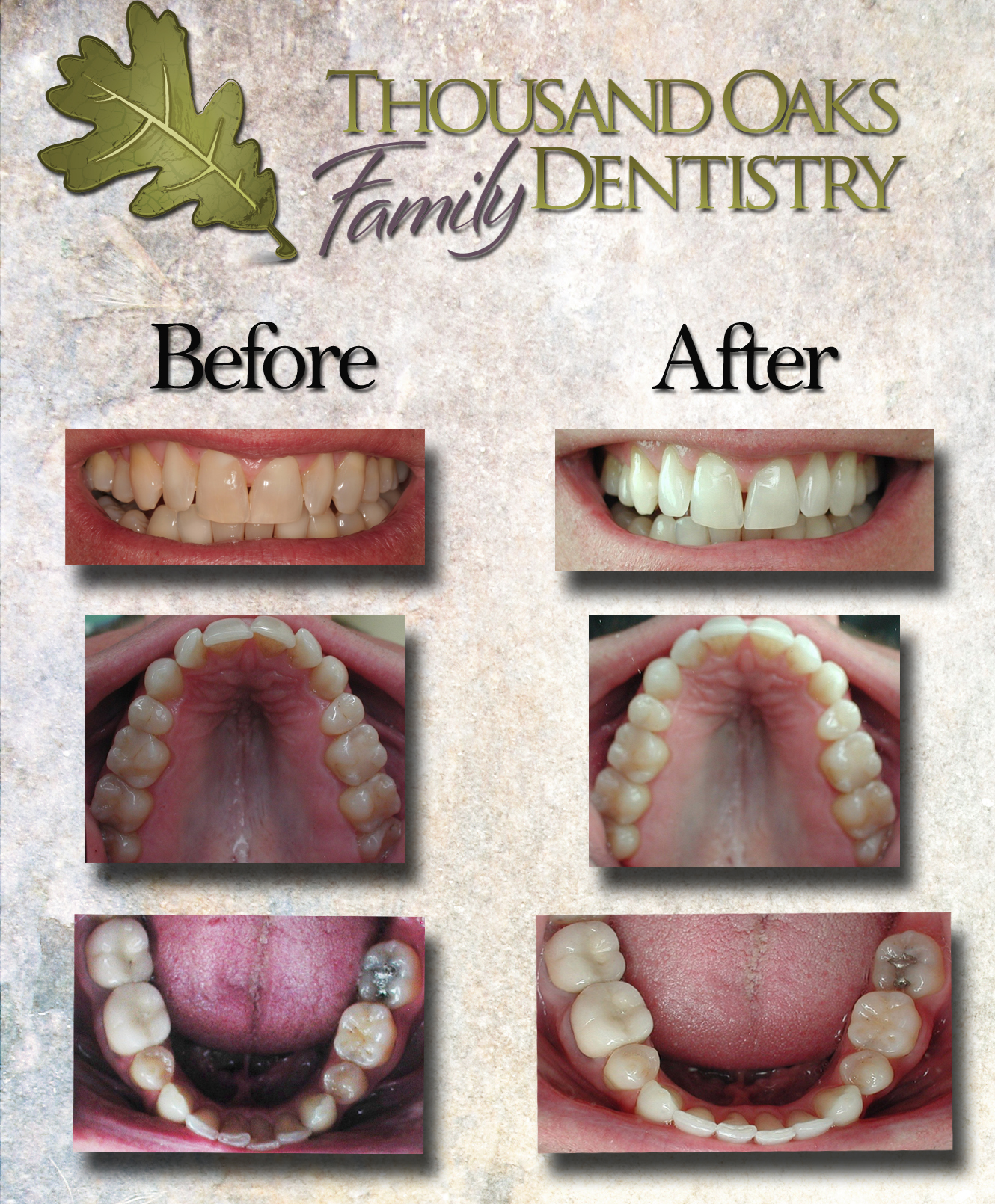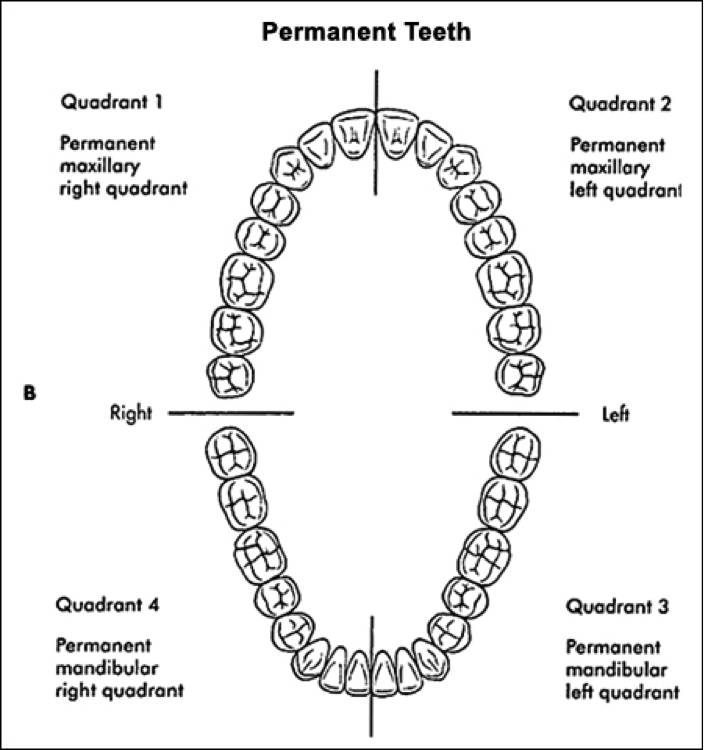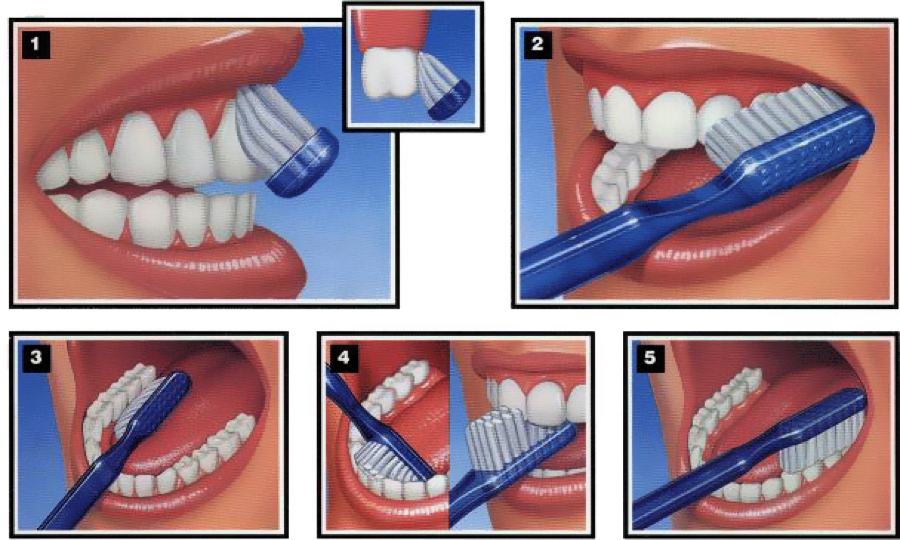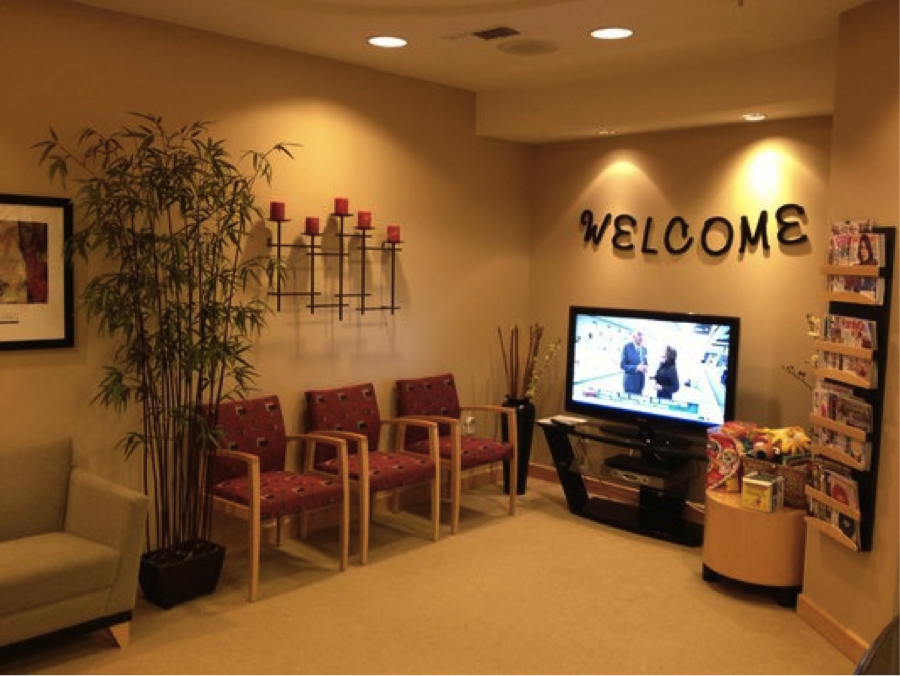Do you wake up feeling unrested? Do you snore often? Is it loud enough to be heard through walls? Do loved ones hear you “stop breathing” during the night? If you answer yes to these questions, you may have a condition known as sleep apnea.
Sleep apnea is the temporary stoppage of breathing during sleep. It leaves suffers feeling continuously unrested and tired, regardless of how much rest they are actually getting. However, the complications go much deeper than tiredness. Apnea has been linked to increased incidences of health conditions such as cardiac arrhythmia, stroke and high blood pressure.
Although there are a number of different causes and types of apnea, the most common is Obstructive Sleep Apnea (OSA). This occurs when the soft tissue at the back of the throat collapses and blocks air from entering the lungs. OSA (and all types of apnea) result in fragmented and inconsistent sleep.
A diagram showing the difference between a normal patient and an OSA sufferer. Note the bottom middle of both pictures.
Patients suffering from apnea essentially spend their sleeping hours in an oxygen deprived state. As your body struggles to manage breathing, extra stress is placed on virtually all organs and tissues. This is why it can be detrimental to so many biological processes. The poor sleep quality arises from your brain detecting a lack of oxygen and attempting to arouse the body. This ultimately prevents you from entering and staying in a deep and restful sleep.
At Thousand Oaks Family Dentistry, we diagnose all types of apnea and can treat some OSA. We can prescribe you a take home sleep test, which gathers information on blood oxygen levels, sleep movement and other vital signs to determine the presence or severity of apnea. If you qualify and are diagnosed with OSA, we can treat you using a custom apnea sleep appliance. This appliance works by shifting your lower jaw forward, which pulls the soft tissue away from the back of the throat and opens airways. The result is easier breathing, less snoring and more restful sleep!
Our take home sleep test. These various monitors measure almost every facet of your sleep and give us an accurate picture of your nighttime breathing habits.
Top Left: A finished sleep apnea appliance. Right: part of our apnea diagnostic kit. These plastic pieces allow us to measure various parts of your mouth and airway.
If you think you might have sleep apnea, or are curious on how to better manage your snoring, please schedule an appointment with our office. Our sleep tests can give results in as little as 48 hours and can be interpreted as you return the test. We will handle your medical insurance billing from start to finish and accommodate you in every way possible. Call us today for a good night’s sleep tomorrow!



